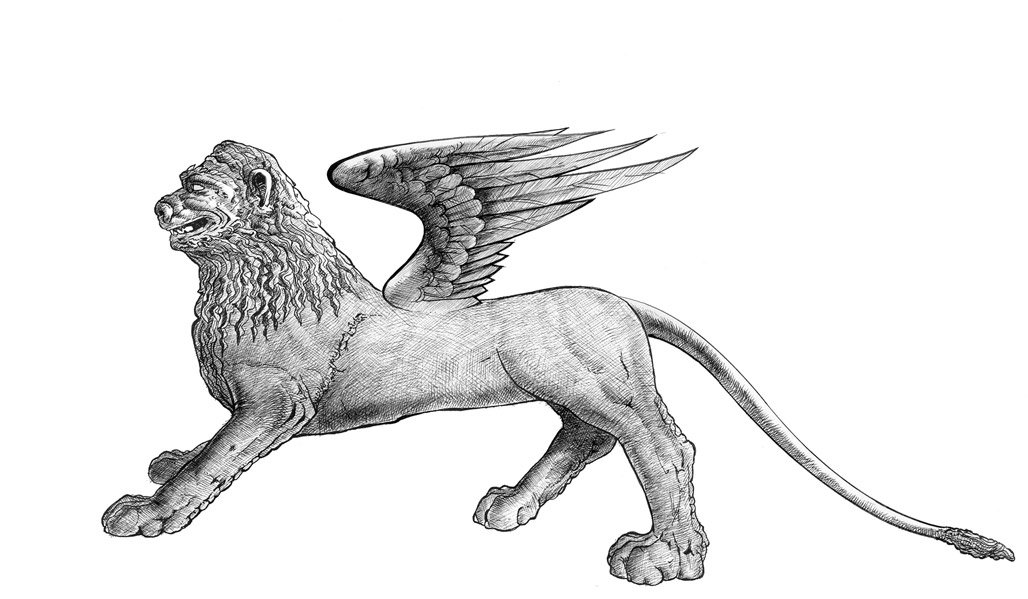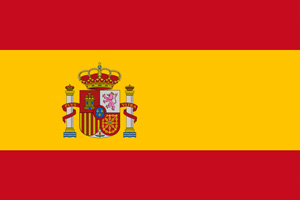
The first documented information available about the Lion of St. Mark, already located on the column in front of the quay, dates back to this phase. It is about the decision adopted by the Great Council in 1293, when the Venetians decided to adjust (aptari) the Lion. The wings and tail were replaced as well as the right front limb, the shoulders and part of the chest.
The iconography of the lion can be identified in many paintings portraying it since the Sixteenth century, such as La flotta Veneziana che si appresta a salpare dal Molo di San Marco contro il Barbarossa by Francesco Bassano the Young, and the Bacino di San Marco e la chiesa di San Giorgio visti dalla Piazzetta of the Canaletto.
The wings seem more vibrant and realistic in these paintings rather than in the current ones, with the feathers clearly separated from each other.
The most significant parts that date back to this phase and can still be recognized today are the right hind paw, part of the chest and the front right shoulder, and tuft of the tail.










